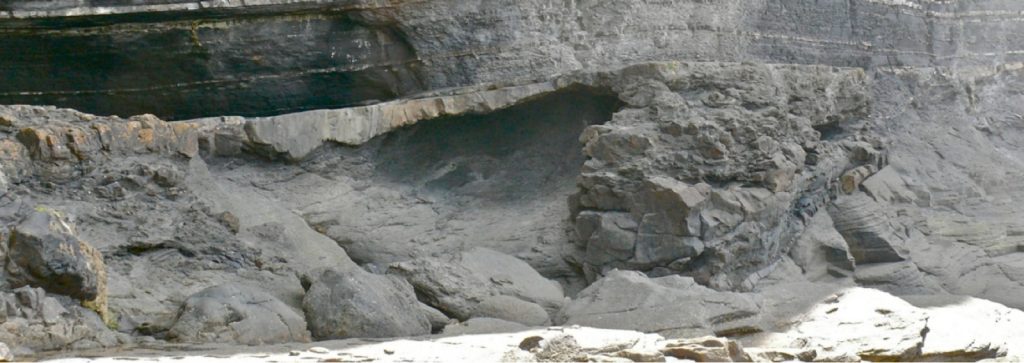Basque country
From Continental to Deep-sea setting on the Atlantic Margin
Outcrop exposures from the westernmost side of the Basque Trough display more- or-less in continuity the transition from shelf to basinal environments. This transition forms a fault-controlled shelf-break setting, with several secondary faults still well-preserved on the main footwall in the landward direction, and a series of normal faults along the palaeo-slope. In addition, a Triassic salt diapir influenced deep-water sedimentation at the platform margin, creating localized depocenters for turbiditic and other gravitational deposits. A series of erosional unconformities formed as a consequence of the salt movement.
The outcrops are depicting the development of two main types of sand-rich deposits in relationship with the structuration:
- shallow-water sandstones with high N/G ratio directly filling small-scale tilted fault blocks onto the main footwall,
- a complex suite of deep-water gravitational deposits developing in the hangingwall on the seaward side of the margin.
The objective of this field course in the Basque Country is to analyse:
- the change in stratal pattern and facies from continental to deep-marine deposits along the basin margin, in relationship with the structural development of the Basque- Cantabrian domain. The outcropping successions are both time-equivalent and facies-equivalent to Norwegian Sea basin margin successions at the transition between the Nordland Ridge-Froya High and Donna/Halten Terrace zones.
- the salt influence on both slope and deep-sea sedimentation


